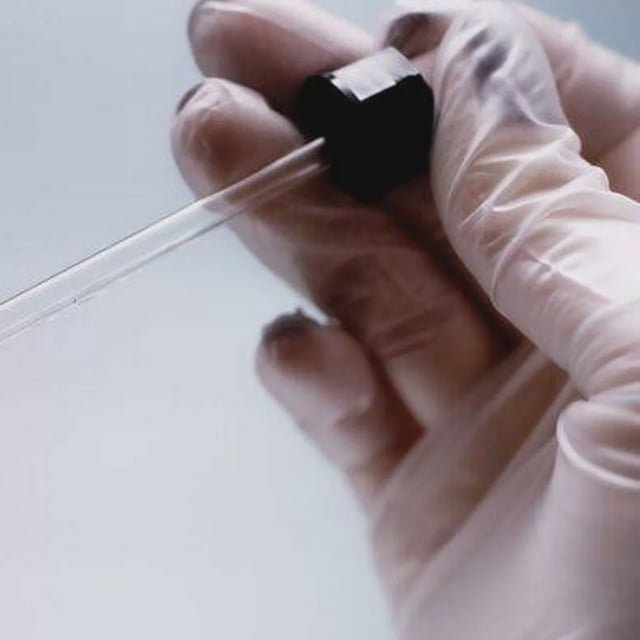Overview
- Karen Wetterhahn was exposed in summer 1996 when a microscopic droplet from a pipette landed on her latex glove during work at Dartmouth College.
- She noticed no immediate effects, then months later developed coordination, speech and vision problems, and tests showed blood mercury levels more than 4,000 times above safe limits.
- Her mercury concentrations were reported to spike 17 days after the accident and peak at 39 days, marking the onset of rapid neurological decline.
- Despite treatment to reduce her mercury burden, she slipped into a coma roughly 10 months after exposure and later died.
- A 1998 report citing certified testing found dimethylmercury permeates latex, PVC and neoprene gloves almost instantly, spurring stronger handling protocols and an NIEHS award established in her name.

